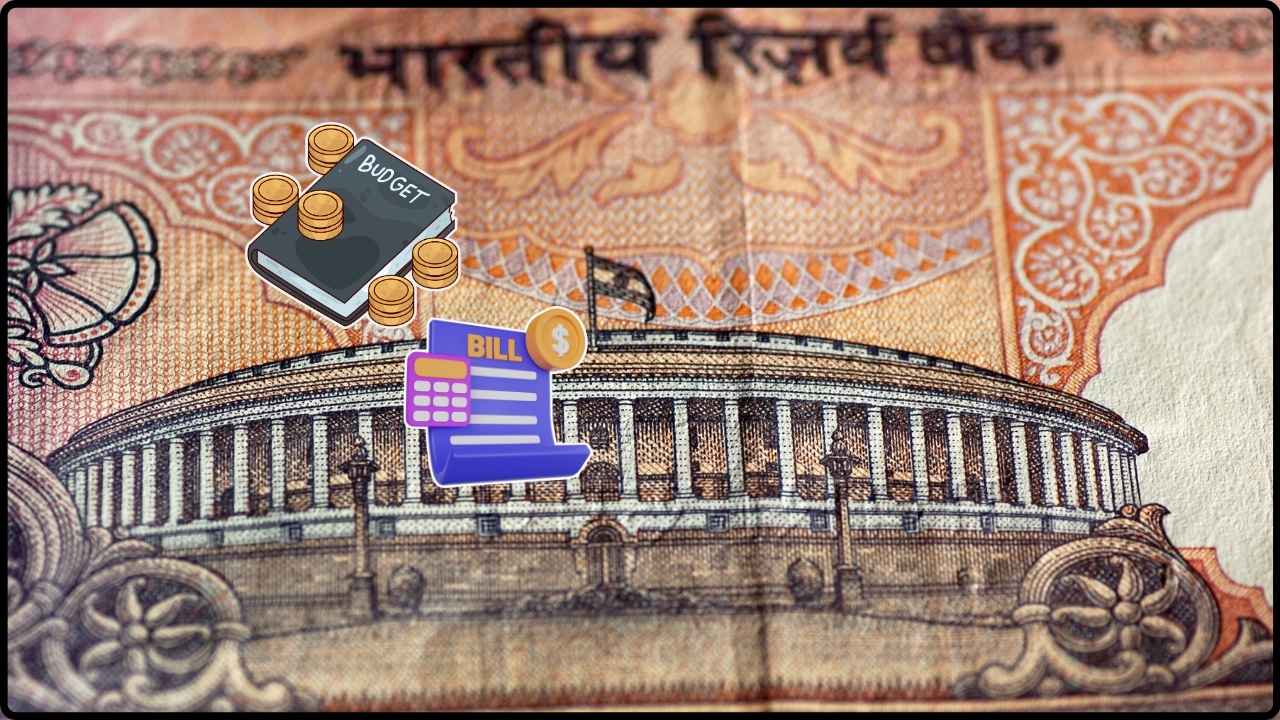₹2 Crore Fake GST Scam Busted in Chhatarpur: A ₹2 crore fake GST scam has been busted in Chhatarpur, Madhya Pradesh, revealing a disturbing operation involving three firms — two of which existed only on paper. These shell companies were allegedly created to claim fake input tax credit (ITC), highlighting a growing pattern of GST frauds across India, not just in large metros but now trickling into Tier-2 and Tier-3 cities. This isn’t just another number in a spreadsheet. This affects how much tax honest citizens pay, slows down public spending, and undermines trust in the tax system. Whether you’re a small business owner in Bhopal, a compliance officer in New York, or simply trying to understand how India’s tax system works, this guide will break down the scam — clearly, practically, and with real-life relevance.
₹2 Crore Fake GST Scam Busted in Chhatarpur
The ₹2 crore fake GST scam in Chhatarpur may look like a drop in the ocean compared to billion-rupee frauds, but it reflects a dangerous trend. Fraudsters are evolving, moving operations to smaller cities, and using tech to beat the system. Whether you’re a trader, accountant, or just a concerned citizen, staying informed is your first line of defense. The message is clear: Verify, comply, and don’t get caught unaware. The tax system is watching — and so should you.
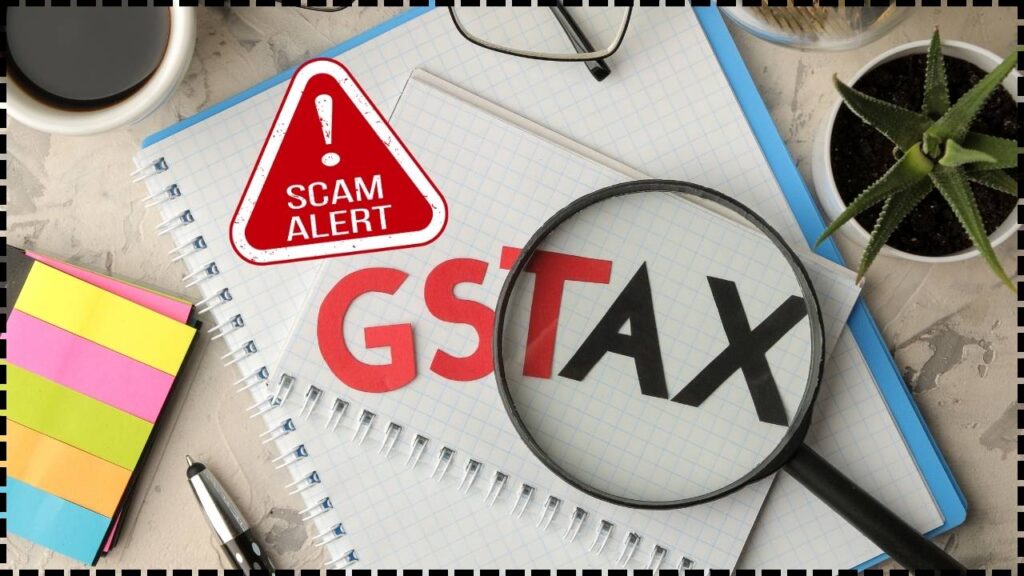
| Aspect | Details |
|---|---|
| Scam Amount | ₹2 crore (Approx. $240,000 USD) |
| Location | Chhatarpur, Madhya Pradesh, India |
| Number of Firms | 3 total; 2 were fake |
| Nature of Crime | Fake GST invoicing and fraudulent Input Tax Credit claims |
| Investigating Body | Directorate General of GST Intelligence (DGGI) |
| Applicable Laws | Sections 132, 122 of the CGST Act, 2017 |
| Penalties | Up to 5 years in prison + monetary fines |
| Government Resources | Official GST Portal – gst.gov.in |
What Really Happened in Chhatarpur?
Chhatarpur, a relatively quiet town in Madhya Pradesh, was recently rocked by an investigation led by the Directorate General of GST Intelligence. What they found was shocking, but not entirely uncommon in today’s tax environment.
Three companies were found issuing fake GST invoices. Upon further inspection, only one of them had an actual physical presence. The other two were simply “ghost firms”—registered on paper but with no real staff, inventory, or operations.
Using these non-existent businesses, the perpetrators issued fictitious invoices to falsely claim Input Tax Credit (ITC) on transactions that never occurred. The amount siphoned off? Around ₹2 crore—claimed from the public exchequer, funded by taxpayers.
What Is a Fake GST Invoice?
Let’s break it down in the simplest way.
Say Company A “sells” ₹1 crore worth of products to Company B. The invoice shows a tax of ₹18 lakh. Company B claims that ₹18 lakh as input tax credit—meaning it reduces its tax liability by that much. But here’s the twist: no product was actually sold, and neither company had real operations. It was all paper shuffling.
The fraudsters either pocket the refund or pass it on to other fake firms to further manipulate the chain.
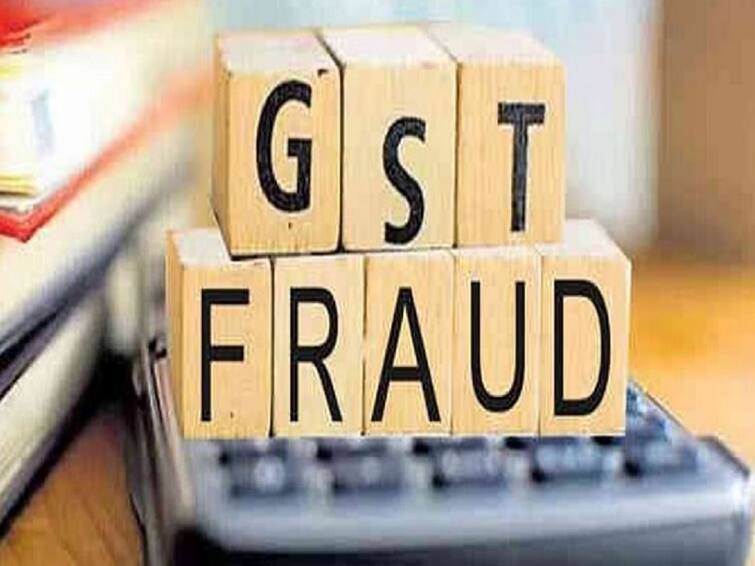
The Bigger Picture — This Scam Is Just One of Many
While ₹2 crore may not sound huge, this is part of a broader pattern. In 2025 alone, authorities have unearthed several massive scams:
- In Jabalpur, a ₹512 crore fake invoicing scam was uncovered.
- In Delhi and Mumbai, fake billing frauds totaling over ₹1,000 crore have been reported since 2023.
- According to the Press Information Bureau, over ₹1.1 lakh crore worth of fake ITC claims were detected between 2017 and 2023.
These scams are increasingly migrating from metros to smaller towns where scrutiny is lower, and digital literacy is more limited.
GST Law and Penalties Under CGST Act, 2017
India’s tax system has laid out strict provisions for such fraudulent activity.
Section 132: Punishment for Offenses
- Fake invoice fraud over ₹2 crore = non-bailable offense
- Jail term of up to 5 years for fraud over ₹5 crore
- Seizure of assets and business premises
- Offenses involving fake documents or misrepresentation can lead to cancellation of GST registration
Section 122: Penalties
- ₹10,000 or the amount of tax evaded (whichever is higher)
- Reversal of ITC claimed
- Recovery proceedings under GST laws
These provisions are meant to be both punitive and preventive, but fraudsters still manage to exploit loopholes, especially with forged IDs or Aadhaar-linked bank accounts.
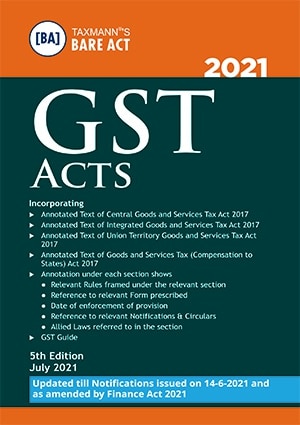
How This ₹2 Crore Fake GST Scam Busted in Chhatarpur Work: Step-by-Step Breakdown
1. Fake Business Registration
Scammers register companies using forged documents or by stealing IDs. Often, these companies are created in the names of low-income individuals or villagers.
2. Generate Bogus Invoices
No actual goods or services are exchanged. Instead, invoices are created to fake business transactions.
3. Claim ITC Refund
They claim input tax credit for these transactions and either use it to lower tax liability or sell it to real companies in the black market.
4. Layering & Laundering
The fraudulent money is routed through multiple accounts, often using shell companies or money mules.
Real-World Case: Jabalpur’s ₹512 Crore Scam
One of the largest GST scams in Madhya Pradesh’s history, this case involved over 30 fake companies and more than 150 bank accounts. The scam was coordinated by Vinod Sahay (alias Neelu Sonkar) who was arrested after months of surveillance.
These companies were registered using real villagers’ documents without their knowledge, and they issued fake invoices to real companies, laundering the money through multiple bank accounts.
This scam was nearly 260x bigger than the Chhatarpur case, but both followed the same criminal pattern.
How These Scams Impact Honest Taxpayers?
GST fraud is not a victimless crime. Every rupee lost due to fake ITC claims reduces the government’s capacity to fund welfare programs, infrastructure, and healthcare.
Here’s how it affects regular people:
- Delays in your ITC refunds if you’re a legitimate business
- Increased audits and scrutiny for innocent traders
- Reduced trust in vendor networks and supply chains
- Higher indirect taxes as the government tries to compensate for losses
When someone scams the system, you’re the one paying for it — literally.
What Is the Government Doing About It?
The government is tightening compliance across the board:
- Mandatory e-invoicing for firms with turnover above ₹5 crore
- GST Aadhaar authentication during registration
- AI-based anomaly detection systems
- Real-time data sharing between GST, Income Tax, and MCA portals
- Data-matching tools that flag mismatches in tax returns, invoices, and ledgers
These efforts have already helped crack down on thousands of bogus registrations, but enforcement remains a challenge, especially in under-policed areas.
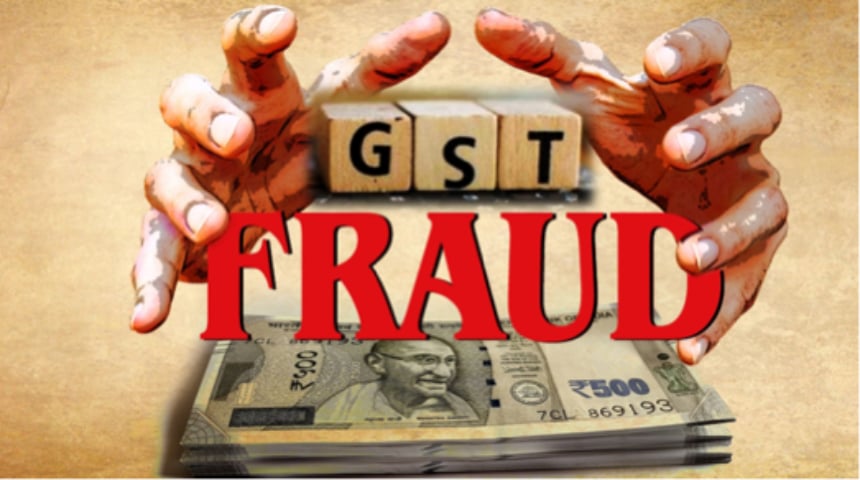
Expert Opinion
A senior GST consultant in Delhi explains:
“The root cause is identity theft and weak KYC. Fraudsters create firms with forged Aadhaar cards, and the registration process isn’t always foolproof. Until there’s biometric-level verification or in-person checks, these scams will continue.”
He added that tax professionals must remain vigilant, especially when onboarding new vendors or suppliers.
How to Protect Your Business from Falling Victim?
1. Always Verify Your Vendor’s GSTIN
Use the official GST portal to check the authenticity of suppliers: https://www.gst.gov.in/search-gstin
2. Demand Proper Invoices
Avoid cash-only vendors or those who refuse to provide GST-compliant invoices.
3. Use GST Software
Accounting tools like Tally, Zoho Books, and ClearTax can help detect inconsistencies.
4. Reconcile ITC Monthly
Match your input credit claims with GSTR-2A/2B reports regularly.
5. Report Suspicious Firms
Use the CBIC complaint portal to report fraudulent companies anonymously.
Gauhati HC Rules GST SCN Invalid Without Personal Hearing Date
No GST on UPI Payments — Government Clears the Air in Rajya Sabha
Maruti Suzuki Subsidiary Slammed With ₹86 Crore GST Penalty in Appellate Ruling



